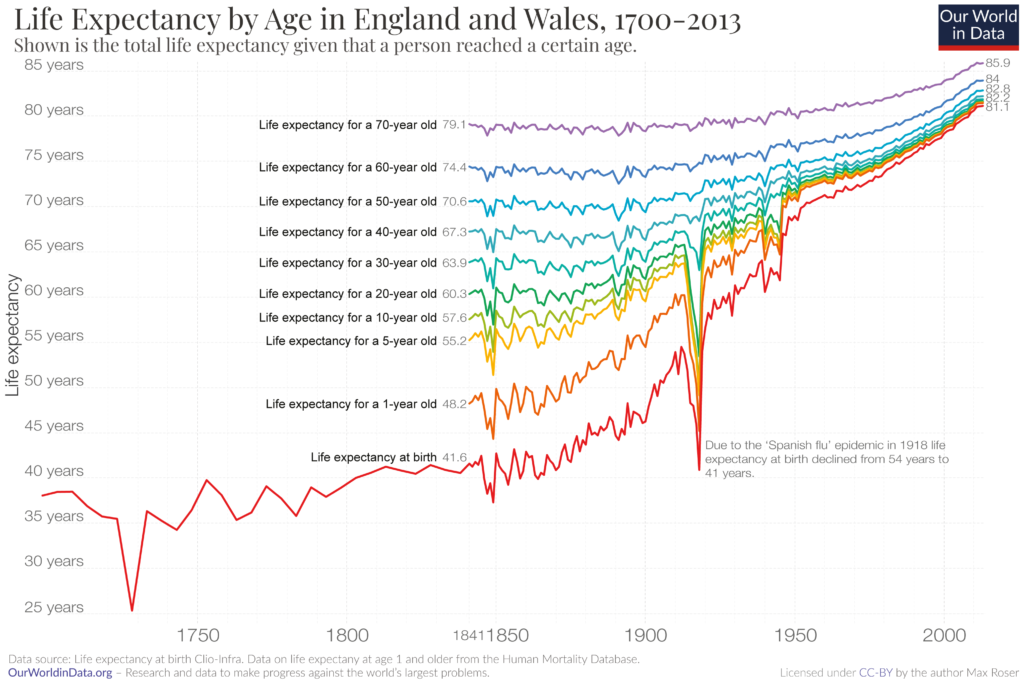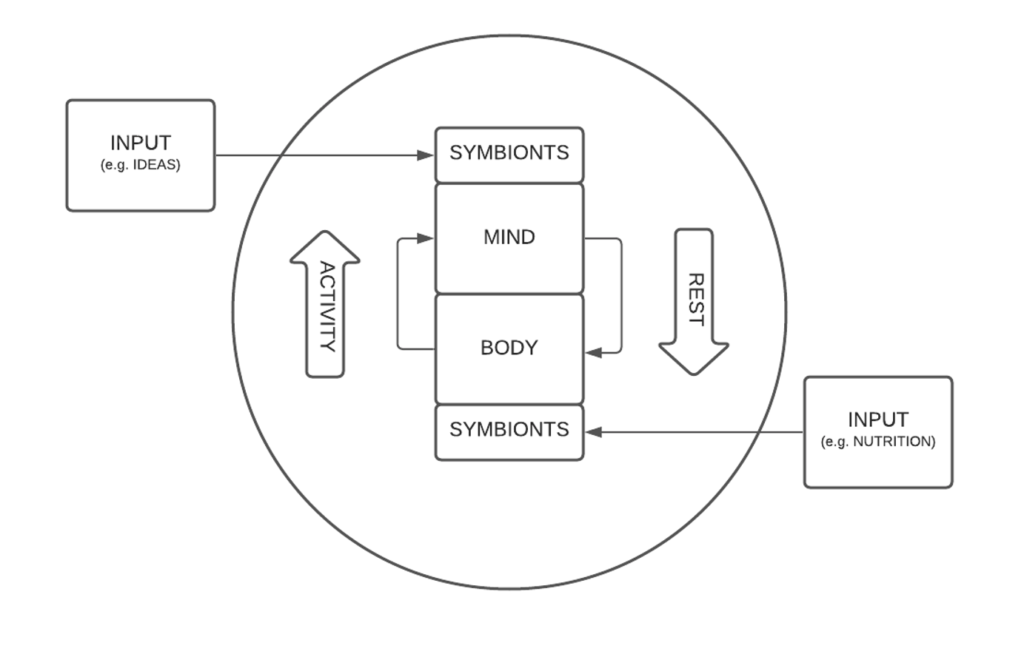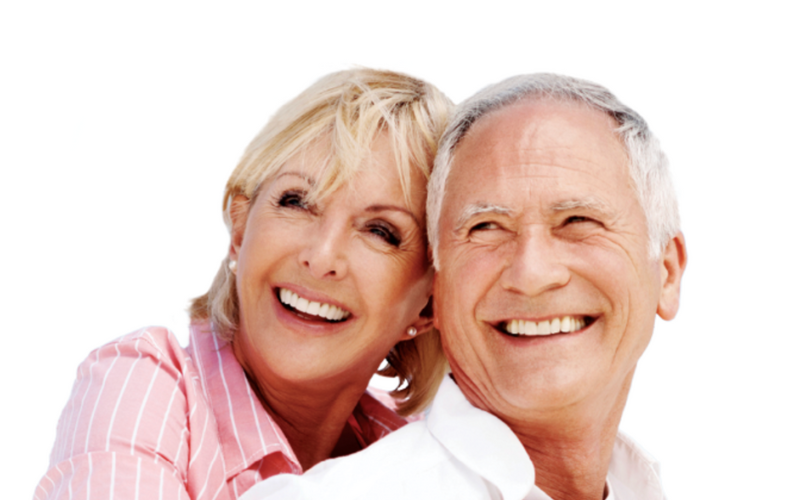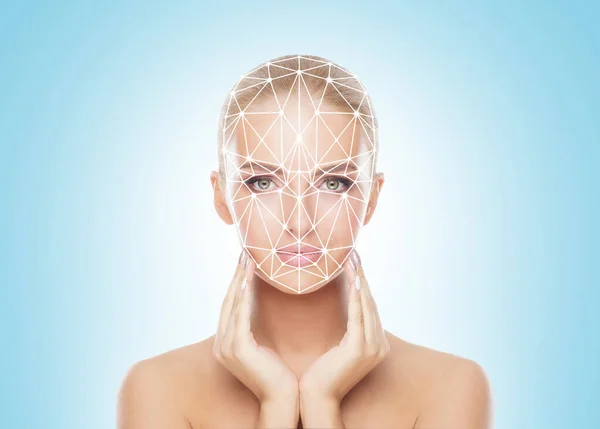The iconic lyric by Alphaville „Let us die young or let us live forever. We don’t have the power, but we never say never … “ is still resounding in the ears of many. It seems to be a dream, millennia old! But does just have to be a dream or do we humans do have the power to really live forever?
“Let us die young or let us live forever. We don’t have the power, but we never say never …“
Alphaville
Life expectancy versus life span
When talking about aging we most commonly refer to life expectancy of new-borns. Most of us forget that this is just a statistical construct and does not reliably communicate how old we can actually get, or what the life span of people is. To visualize this, take a closer look at Image 1 by Max Roser (taken from ourworldindata.org). Live expectancy has increased from 40 years (in 1850) to 81 years (in 2019), that is for new borns. However, when analyzing the life expectancy of someone who already reached 70 years in 1850, they still had more than 9 years to live, until the age of 79.1 years. Now, the life expectancy of 70 year’s old has also increased, although not that dramatically, to 85.9 year. The source of this difference is obvious. Over the last 170 years the reasons why people died between birth and advanced age have been dramatically reduced. Improved nutrition and living conditions had the strongest impact during the first 75 to 100 years. In the second half of the 20th Century important advances in medical research, like the discovery of penicillin contributed to those improvements.

Image 1: Life expectancy by age in England and Wales, 1700-2013 (www.ourworldindata.org)
When talking about how old we can get we should not be limited by the statistical construct of life expectancy, but consider the overall life span we are observing in our society.
Life Span and quality of life
When talking to people about how old they want to get I am often surprised to hear them tell me: „… 65 years, maximum 70.“ or „ … 80 and not a year longer!“. Many are feeding their brain with the idea of „frail old people“, and are afraid to fall into this category once they pass 65. How disconnected this mindset can be from reality show examples like:
- 78-year-old skateboarder Lloyd Kahn, who started skateboarding at the age of 65
- 102-year-old cyclist Robert Marchand who still participates in races
- 72-year-old Ruth Flowers who decided to become a club DJ at age 68
- 100-year-old Doris Long who started industrial climbing as a hobby at age 85
- 104-year-old Lucio Chiquito who just finished his doctoral thesis in hydraulic engineering
It seems that there are no limits to what we can do at any age, or is there? Can we have a good quality of life at higher age and what actually is „quality of life“?
According to Britannica quality of life (QOL) is the degree to which an individual is healthy, comfortable, and able to participate in or enjoy life events (1). Even though many believe that quality of life is something we cannot control ourselves – this is actually not true. We can influence all three dimensions in Britannica’s definition: Health, Comfort, and Participation.
ME*: An intricate system
*Me, Myself, and I
We are so much more than just our body; made of bones, organs, and muscles. We are actually a very well-balanced system.
Image 2 shows a simplified view of this well-balanced system that does not just consist of body and mind, but also of symbionts we are interacting with continuously.
In the case of our physical body, this symbiont is our microbiota, consisting of 10-100 trillion symbiotic microbial cells, primarily bacteria in the gut but also in and on other organs (2). Through the interaction between body and mind our microbiome does affect indirectly and directly our mind (3/4/5). Hence, the impact of what we digest seems to influence directly how we think, feel and act (3/4). Some researchers even go as far as claiming that there might be a direct link between the simultaneous transmission of both ideas (memes), parasitic organisms and some religious rituals (5). Image 2 visualizes these relationships, emphasizing the effect of nutrition on our symbiont (microbiota), our body, and our mind.
The symbiont related to our mind are the ideas, beliefs, and habits that co-inhabit our mind. What ideas we consciously or unconsciously allow into our mind, hence affects also our body (6).
Another factor influencing the balance of this delicate system ME, is the well-tuned alternation between activity and rest, again of Body and Mind. This refers to what we commonly call exercise and sleep! Understanding Image 2 as a “well-oiled” machine, it becomes clear that once one of the elements in this system is misaligned, the whole machine can break down over time. Since all elements are interconnected, misalignment over long periods of time of just one factor, will affect all other elements.

Image 2: Visualization of the interdependency of the different elements forming our conscious ME. (own conceptualization)
How to keep the machine running
It might not come as a surprise that good nutrition, exercise, and sleep are important factors in ensuring that our body keeps functioning well. However, also other input factors might have a lasting effect, like contaminants (smoke, mercury, radiation (UV), noise).
Because of the interdependency of body and mind, the input for our mind is as important for our wellbeing as the input for our body. When we talk about input for our mind, we are talking ideas or more generally memes. Does this sound a little bit far-fetched? Think again! How well ideas work and how much they actually influence our body has been proven many times (7). The detrimental effect of “feeding” ourselves certain ideas or not conditioning ourselves to resist memes are visible everywhere. The alternation between mental exercise and rest does also have a positive effect on the performance of our mind.
Considering these factors, could it be that the single most common cause of death is retirement? It could well be! If you are interested in having quality of life until a very old age, take a close look at image 2 and check if the following is part of your daily routine (this applies to everyone from 15 onwards!):
Body:
- Good input:
- Healthy nutrition (Investigate continuously what is considered healthy. Don’t go into extremes.)
- Reduced contamination (UV, noise, smoke, etc.)
- Daily activity that “pushes your engine”, like walking, running, biking
- Sufficient sleep
Mind:
- Good input:
- Keep learning and experiencing new things, continuously!
- Reduce contamination, like negative or self-destructing ideas and thoughts. Be positive!
- Daily activity that pushes your mind, like reading, learning something new, focusing, etc.
- Sufficient rest, e.g. meditation time
How to live forever …
Forming re-enforcing habits around these factors will have a lasting and positive impact on you and your lifestyle. Living consciously a lifestyle where you are continuously pushing boundaries and questioning established memes (ideas) in your environment will certainly have a positive effect on your quality of life and life span!
Bibliography:
1. Britannica. 10 May 2016. Retrieved 15 January 2021.
2. Ursell, L.K. et al. Defining the Human Microbiome. Nutr Rev. 2012 Aug; 70(Suppl 1): S38–S44.
3. Galland, L. The Gut Microbiome and the Brain. J Med Food. 2014 Dec 1; 17(12): 1261–1272.
4. Pennisi, E. Meeth the ‘psychobiome’: the gut bacteria that may alter how you think, feel, and act. Sciencemag.org 2020 May 7; https://www.sciencemag.org/news/2020/05/meet-psychobiome-gut-bacteria-may-alter-how-you-think-feel-and-act.
5. Panchin, A.Y., Tuzhikov, A.I. & Panchin, Y.V. Midichlorians – the biomeme hypothesis: is there a microbial component to religious rituals?. Biol Direct 9, 14 (2014).
6. Casey, A. (In Press). The Role of Internet Memes in Shaping Young People’s Health-Related Social Media Interactions. In V.A. Goodyear and K.M. Armour (Eds.) Young People, Social Media, Health and Wellbeing. London: Routledge.
7. Benedetti, F. et al. How do placebos work? Eur J Psychotraumatol. 2018; 9(Suppl 3): 1533370.






